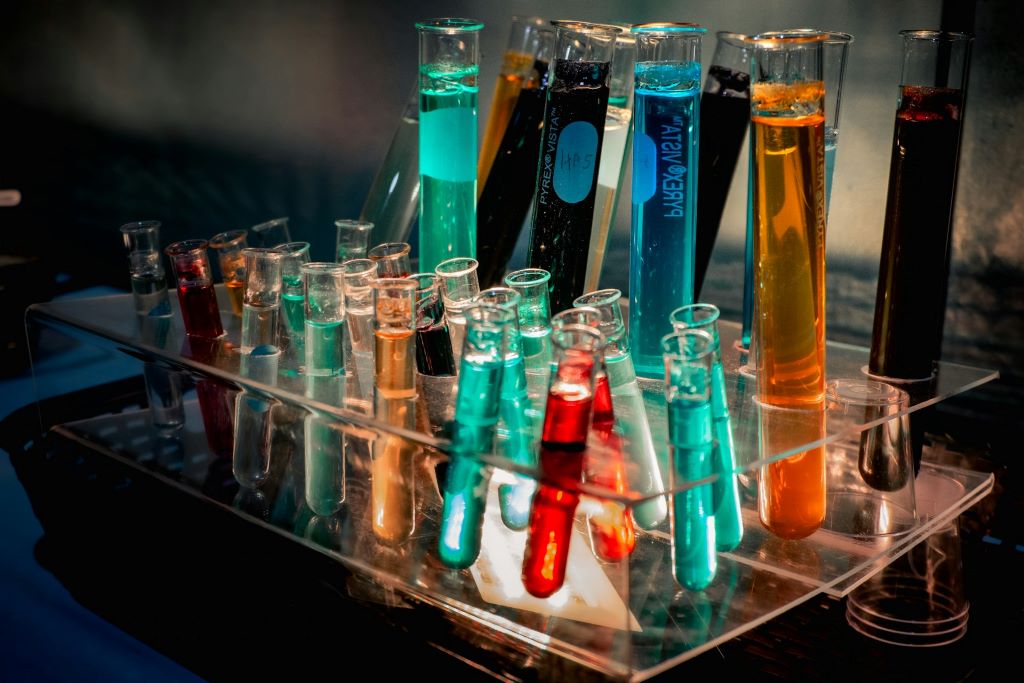Airborne Levels of Chemicals Released by Plastics Shock Researchers

A new study documents how people in California are chronically being exposed to toxic airborne chemicals called plasticisers, including one banned from children’s items and beauty products.
Plasticizers are chemical compounds that make materials more flexible. They are used in a wide variety of products ranging from lunchboxes and shower curtains to garden hoses and upholstery.
“It’s not just for drinking straws and grocery bags,” said David Volz, environmental sciences professor at UC Riverside, and corresponding author of the study published in the journal Environmental Research.
Previous California monitoring programs focused on plasticisers called ortho-phthalates, some of which were phased out of manufacturing processes due to health and environmental concerns. Less research has focused on the health effects of their replacements, called non-ortho-phthalates. This study revealed the presence of both types of plasticisers in the air throughout Southern California.
“The levels of these compounds are through the roof,” Volz said. “We weren’t expecting that. As a result, we felt it was important for people to learn about this study.”
The National Institute of Environmental Health Sciences also wants to increase the visibility of this study, one of only a few to document the phthalates’ presence in the air of urban environments. The institute’s monthly newsletter, Environmental Factor, highlights the study in their October 2024 issue.
The researchers tracked two groups of UCR undergraduate students commuting from different parts of Southern California. Both groups wore silicone wristbands designed to collect data on chemical exposures in the air.
The first group wore their wristbands for five days in 2019, and the second group wore two different wristbands for five days each in 2020. Both groups wore the bands continuously, all day, as they went about their activities. At the end of the data collection period, the researchers chopped the wristbands into pieces, then analysed the chemicals they contained.
In a previous paper, the team focused on TDCIPP, a flame-retardant and known carcinogen, picked up in the wristbands. They saw that the longer a student’s commute, the higher their exposure to TDCIPP.
Unlike TDCIPP, which most likely migrates out of commuters’ car seats into dust, the team cannot pinpoint the origin of the plasticisers. Because they are airborne, rather than bound to dust, the wristbands could have picked them up anywhere, even outside the students’ cars.
For every gram of chopped-up wristband, the team found between 100 000 and 1 million nanograms of three phthalates, DiNP, DEHP, and DEHT. Ten total plasticizers were measured, but the levels of these three stood out.
Both DiNP and DEHP are included on California’s Proposition 65 list, which contains chemicals known to cause cancer, birth defects, or other reproductive harm. DEHT was introduced as an alternative, but its effects on human health have not been well studied.
This study suggests that introducing DEHT also has not done much to reduce the public’s level of exposure to DiNP or DEHP. Levels of all three chemicals found by Volz and his team were similar to those found by researchers in unrelated studies conducted on the East Coast.
Despite differences in climate, the air on both coasts is likely carrying similar levels of phthalates.
“No matter who you are, or where you are, your daily level of exposure to these plasticizer chemicals is high and persistent,” Volz said. “They are ubiquitous.”
To Volz, studies like this one amplify the need to find alternatives to plastic. As plastics degrade, these compounds and others like them are leaching out into the environment and into the body.
“The only way to decrease the concentration of plasticisers in the air is to decrease our production and consumption of materials containing plasticisers,” he said.




